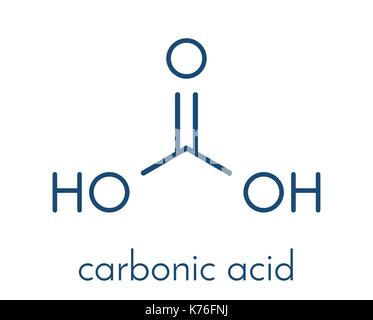

B There are, however, six fluorine atoms, so we use the prefix for six: hexa- ( Table 6.4.1). Because there is only one sulfur atom in the formula, no prefix is needed. A Because sulfur is to the left of fluorine in the periodic table, sulfur is named first.If not, decide whether to use the common name or the systematic name. Identify the number of each type of atom in the chemical formula and then use Table 6.1.1 to determine the prefixes needed.ī If the compound contains oxygen, follow step 3a. Write the name of each binary covalent compound.Ī List the elements in order according to their positions in the periodic table. Notice that the suffixes - ic and - ous are the same ones used for ionic compounds. Similarly, N 2O is usually called nitrous oxide rather than dinitrogen monoxide. For example, the systematic name for NO is nitrogen monoxide, but it is much more commonly called nitric oxide.

For many compounds, the systematic name and the common name are both used frequently, so you must be familiar with them. For example, H 2O is water (not dihydrogen oxide) NH 3 is ammonia PH 3 is phosphine SiH 4 is silane and B 2H 6, a dimer of BH 3, is diborane.

The only exception is binary compounds of oxygen with fluorine, which are named as oxygen fluorides following the rules for the most electronegative element being treated as the anion for naming purposes. Binary compounds of the elements with oxygen are generally named as “element oxide,” with prefixes that indicate the number of atoms of each element per formula unit.Thus OsO 4 is osmium tetroxide rather than osmium tetraoxide. In some names, the final a or o of the prefix is dropped to avoid awkward pronunciation.Thus N 2O 3 is dinitrogen trioxide, as shown in Figure 6.1.1. If a molecule contains more than one atom of both elements, then prefixes are used for both.Table 6.1.1 Prefixes for Indicating the Number of Atoms in Chemical Names Prefix The order of the elements in the name of BrF 3, bromine trifluoride, is determined by the fact that bromine lies below fluorine in group 17. To demonstrate steps 1 and 2a, we name HCl as hydrogen chloride (because hydrogen is to the left of chlorine in the periodic table) and PCl 5 as phosphorus pentachloride. The prefix mono- (“one”) is used only when absolutely necessary to avoid confusion, just as we omit the subscript 1 when writing molecular formulas. Prefixes derived from Greek stems are used to indicate the number of each type of atom in the formula unit ( Table 6.1.1). Identify the number of each type of atom present. However, unlike binary inorganic compounds electron transfer is not complete and the binary organic compounds do not form crystal lattices,Ģ. The more electronegative elements attract electrons from the less electronegative ones and behave more like anions than the less electronegative ones that behave like cations. The reason for this is that we know that the less electronegative elements are to the left and bottom of the periodic table. The second element is named as if it were a monatomic anion in an ionic compound (even though it is not), with the suffix -ide attached to the root of the element name.If both elements are in the same group, the element closer to the bottom of the column is named first. The element farthest to the left in the periodic table is usually named first.Place the elements in their proper order. \)įigure 6.1.1 Naming a Covalent Inorganic Compound


 0 kommentar(er)
0 kommentar(er)
